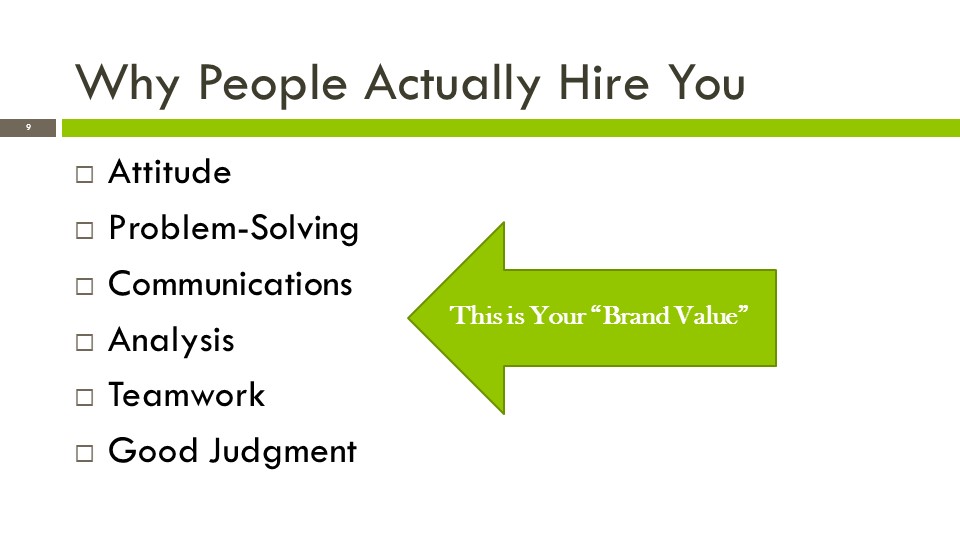 It happens more often than we’d all like to admit that inexperienced speakers are selected to deliver important information directly to the camera. Whether they are the head of a department, the leader of an initiative, an enthusiastic volunteer, or the child of the executive producer, this person might not be all that comfortable with a teleprompter, or might not work with cameras and crews every day the way professionals do. That doesn’t mean you can’t direct a confident delivery. But your approach will need to differ from how you’d work with an actor or an experienced on-camera speaker.
It happens more often than we’d all like to admit that inexperienced speakers are selected to deliver important information directly to the camera. Whether they are the head of a department, the leader of an initiative, an enthusiastic volunteer, or the child of the executive producer, this person might not be all that comfortable with a teleprompter, or might not work with cameras and crews every day the way professionals do. That doesn’t mean you can’t direct a confident delivery. But your approach will need to differ from how you’d work with an actor or an experienced on-camera speaker.
I Need to Direct My Boss on Camera, Now What?!
One strategy for encouraging a natural delivery from your speaker is to do a quick Q&A with them off-camera first. I often stand farther away than is truly necessary, and lean forward. This is to encourage a slightly louder speaking voice from the talent. It forces us both to connect on purpose, not simply by default. It’s surprising how often this Q&A approach works quite nicely, and feels natural.
Another strategy is to suggest in advance of your shoot day that the “host” practices a bit by recording themselves with their phone. Even though I have spoken before rooms with hundreds of people, before I taped my first Lynda.com course, I did the same thing. Speaking to a lens is vastly different than talking to people who react in real time. The first thing that struck me about my pre-recording was I didn’t smile enough. Even thinking about smiling helps the delivery seem more natural and congenial.
What About a Teleprompter?
Most folks aren’t aware of how much skill goes into reading from a teleprompter. Some people also do better with bullet points, rather than full copy. If you intend to use a prompter, you will need to add 30 minutes to your recording time for several rehearsals, to let the person get used to reading the words naturally. Most people trip up on one major issue: that the prompter follows them, not the other way around. They will get progressively slower as they read, waiting for the prompter to “catch up” when the prompter is actually following their speed. You’ll also need to add some big gaps to force people to slow down their read.
How to Work with Kids for Direct-to-Camera Videos
Kids are naturals. Don’t over-coach them. Do give them examples in advance from kids’ shows they like to watch. Remember that audition pre-interview? Ask a few questions about shows they like, so you can reference them just before and during the shoot. Encourage kids to practice with their i-things at home. But the best thing you can do with kids is be a supportive cheerleader. Use the same tools for keeping parents out of sightlines that you use with other gatekeepers: give them their own monitor, preferably out of the room. But check in periodically to be sure they’re happy. Because a happy parent will be a great ally for you as you create a positive experience with your production team
This blog post is excerpted from my new book The Producer’s Playbook: Real People on Camera (Focal Press/Routledge). Purchase the book here Buy Real People on Camera. Or if you are coming to #NAB16 please stop by my Post|Production World session on getting the best with real people on camera – info Amy at NABShow on Real People.











